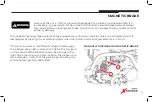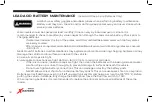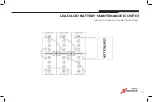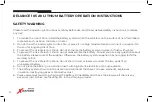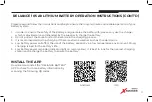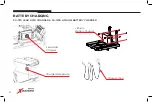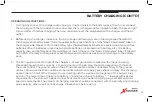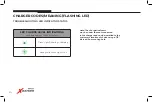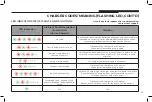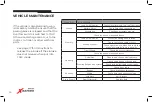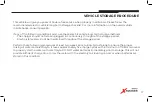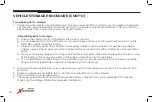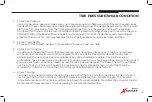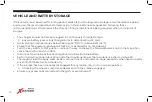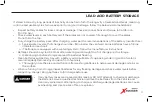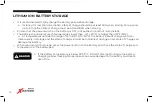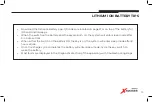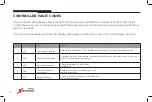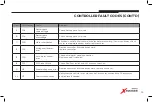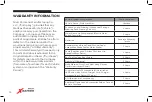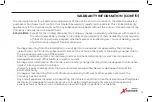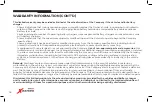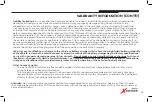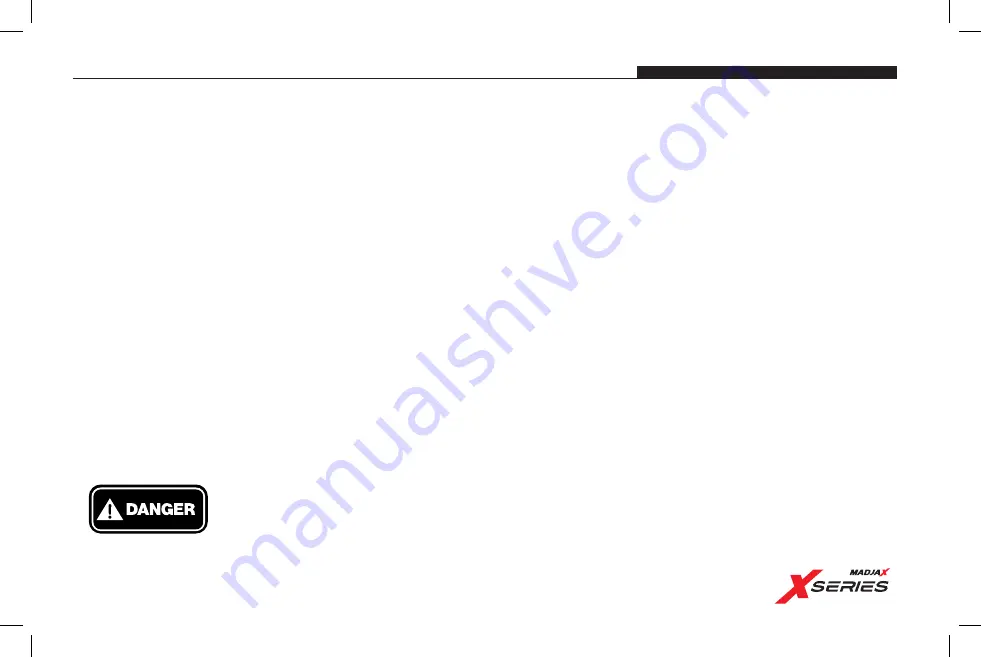
31
If stored incorrectly, long periods of inactivity can be harmful to the longevity of lead-acid batteries, reducing
runtime and usable cycles. Two weeks prior to long-term storage, follow the below recommendations:
LEAD ACID BATTERY STORAGE
• Inspect battery cables for loose crimps or damage. Check all connections and torque to 95-105 in-lb
(10.7-11.9 Nm).
• Check water levels in each battery cell; if the plates are not covered, fill enough to cover the plates.
Do not fill to the top.
• Fully charge the battery pack. After charging, water per the recommendations of the battery manufacturer.
o Typical water levels at full charge should be ~1/8 in below the vent well. Some batteries have a fill line
indicated in each cell.
o If batteries are equipped with a watering system, follow the manufacturer instructions.
• Batteries should be cycled 3-5 times after watering and brought to a full charge prior to storage.
o Watering right before storage can lead to batteries freezing.
• Clean batteries and battery tray with a battery acid neutralizer (1 cup baking soda in 1 gallon of water is
recommended). Remove any corrosion from terminals.
o Thoroughly rinse the area under the car after washing batteries to help prevent damage or stains on
the surface.
• When returning from storage, inspect batteries for any freezing damage and check water levels before
connecting charger. Bring batteries to full charge before use.
• If any battery cases are cracked and/or leaking, DO NOT attempt to charge or discharge
the batteries. Have a qualified technician remove the batteries from the vehicle and
clean any spilled acid. Attempting to charge or discharge damaged batteries can cause
overheating and create a risk of fire or explosion.

